Someone goes into a gun store and buys a gun for self-defense. That’s the primary reason most people buy guns. He or she takes the gun home and puts it away for the just-in-case time when the goblins come. That new gun owner imagines grabbing the gun and fending off the intruder. But the person who has trained for that day and is serious about defense doesn’t imagine that. Instead, he or she is concerned that the gun will not work. So that knowledgeable person tests that lifesaving equipment before it has to be put to use.
While we are primarily concerned with self-defense guns – because they absolutely must work every time the trigger is pulled – a gun owner may also want to test other guns. And although the focus here is on semi-automatic handguns for self-defense, these concepts also apply to revolvers, shotguns, and other long guns, regardless if the actions are semi-automatic, lever, bolt, or something else. And just because a feature or test is not mentioned here does not mean it is unimportant. If you want to test that feature, go ahead. Just do it safely.
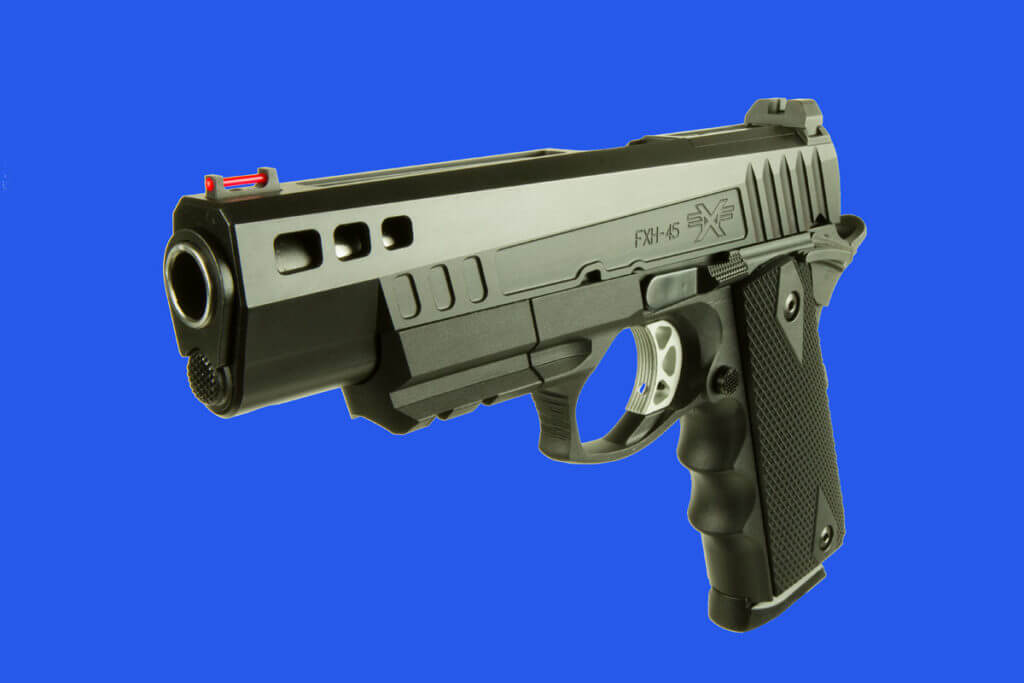
Keep in mind that every mechanical device, including guns, can eventually fail. And like Murphy’s buddy says, those failures will probably come at the worst possible time. So a serious and smart gun owner not only tests equipment before having to rely on it for real but also gets training in how to use that equipment and overcome failures from a reputable training facility like Gunsite.
As a matter of fact, taking a class from a good gunfighting school like Gunsite can serve as a great test of equipment. During a one-week class, you will not only learn how to fight with a gun, but you will fire about 1,000 rounds which is a good test of how well the gun works.
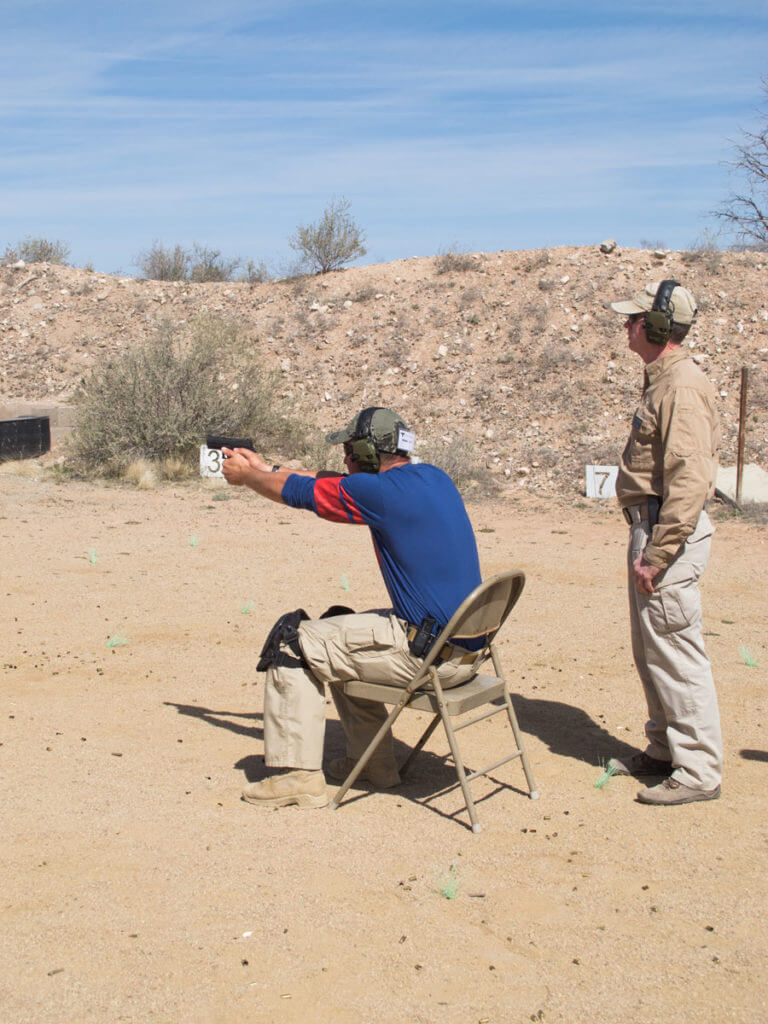
The first place to start with a new gun is to see how you like the feel of it. If it doesn’t feel good, you probably won’t shoot it very well. Once you’ve got the gun you like, don’t just take it out of the box and shoot it. First, read the manual and then clean and lubricate it and any magazines. The gun may have been test-fired by the manufacturer and then received a coat of rust-inhibiting oil before shipping. But that oil may not be the best for lubrication, so clean and lube the gun.
Also, check the gun to make sure the controls work correctly. After making sure the gun is empty and there is no ammunition around, check things like safeties, slide locks, magazine releases, and the trigger. Also, check to make sure the sights are fitted tightly and won’t move under recoil.
When you look the gun over, make sure it is the right gun. Believe it or not, sometimes the wrong gun gets put into another gun’s box. Check to make sure the serial number matches the paperwork and the serial number on the box if there is one on the box. Also, make sure the bore is not obstructed and that the rifling appears to be correct unless the gun is a smoothbore shotgun that has no rifling.
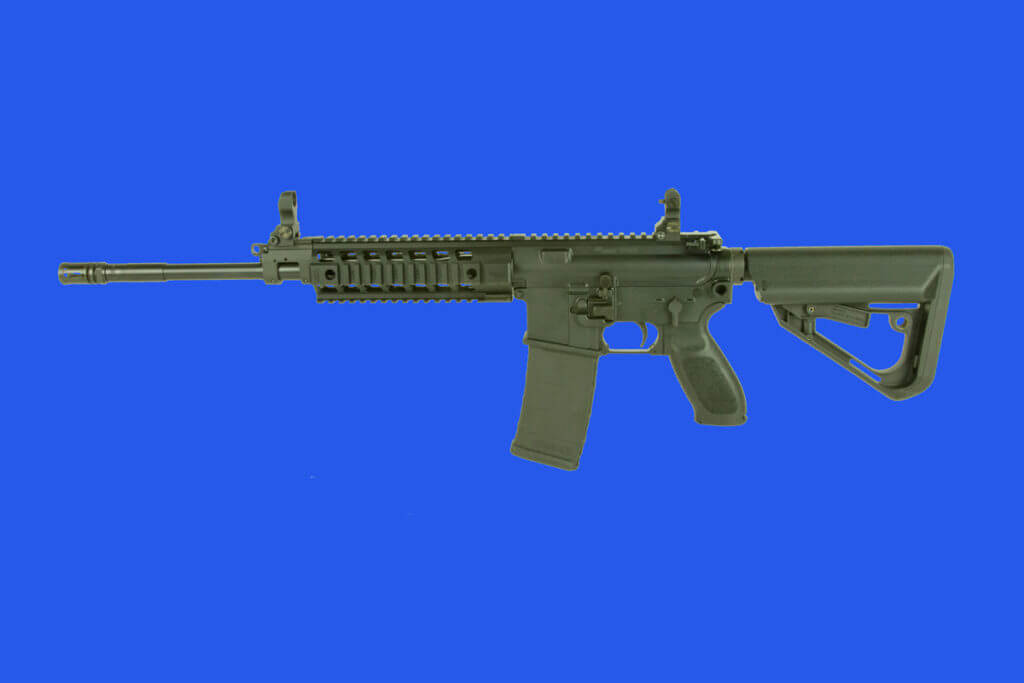
Assuming everything on the gun looks right, you are not done. That’s because you still need to be sure that the gun functions the way it should when it is actually shot. A gun may look okay and function the right way when you look it over, but under actual shooting conditions, it may not.
A self-defense gun is a lifesaving device, and most people agree that the most important characteristic is that it works all the time. You do not want malfunctions or stoppages during a real gunfight. So most testing for a self-defense gun is focused on making sure the gun works every time the trigger is pulled.
The military recognizes how important it is for a firearm to be reliable, so when it makes requirements for a new gun, it specifies how reliable the gun must be. Specifications often include something like the number of rounds that must be fired before experiencing a stoppage. For example, the specifications for the Joint Combat Pistol were 2,000 rounds between stoppages. That’s a lot, but it shows how important reliability is.
The owner’s manual might tell you how to break in the gun and test it. If that information is included, you can use it. Otherwise, you will have to decide just how much testing you want to do. That largely depends on how important it is to you that the gun work every time.
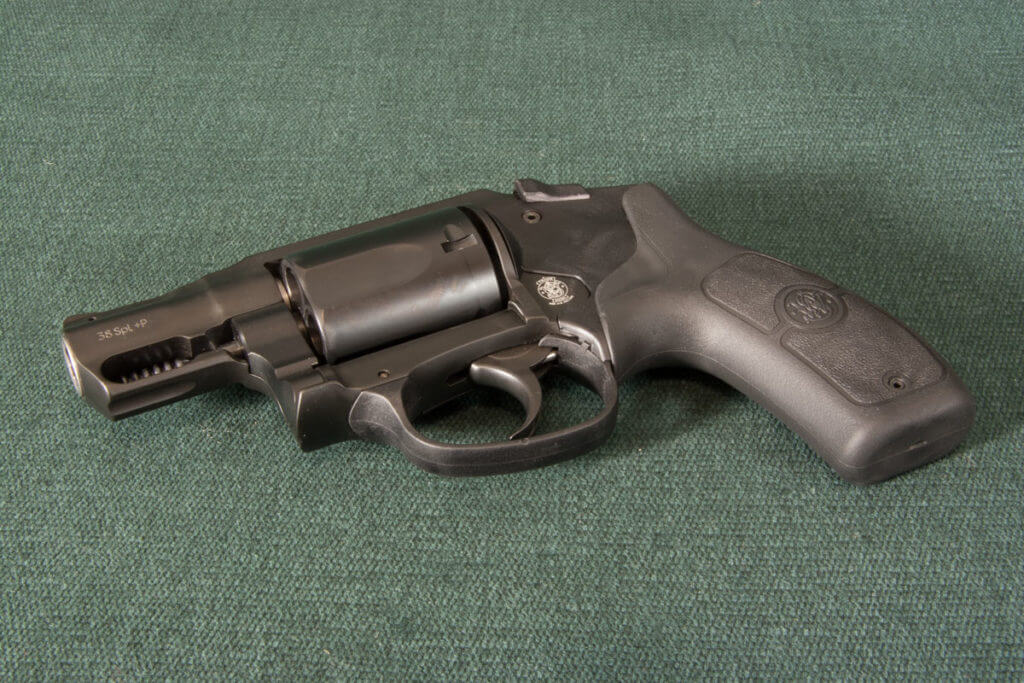
While a gun may work fine with round nose ball FMJ (full metal jacket) ammunition, it may not with premium self-defense ammunition. So, you need to test the gun with the ammunition you intend to use for self-defense. But self-defense ammo is more expensive than FMJ practice ammo. So you may want to consider buying one box of self-defense ammo at a time, and if it works, then buy another box. Test and repeat until you have fired the gun enough times without a malfunction that you are comfortable with it. That may be 25, 50, 100, 200, or more rounds.
Again, use the ammo you intend to use for self-defense. If you experience malfunctions with one brand or load, switch to another, and test it. And use all the magazines you intend to use for self-defense. Use them just like you would in real life. Load them to capacity and top them off if you charge the gun with a round from that magazine. If you don’t do that, you are potentially going into a gunfight with a partially loaded gun. You just might need all the rounds in the magazine and then some, so carry at least one spare magazine. And test all your self-defense magazines.
Sometimes, despite many quality control checks, even the best ammunition makers produce a round that is flawed. So, before testing any ammo or loading it for self-defense use, check each cartridge. You are looking for signs that the round wasn’t assembled correctly. Sometimes a bullet will crumple the cartridge mouth when it is inserted. Or there might not be a primer. The primer might even be put in backward or sideways. While it is impossible to tell if the cartridge actually has powder in it by looking, some shooters go so far as to weigh each cartridge to give them a clue that there is powder inside it.
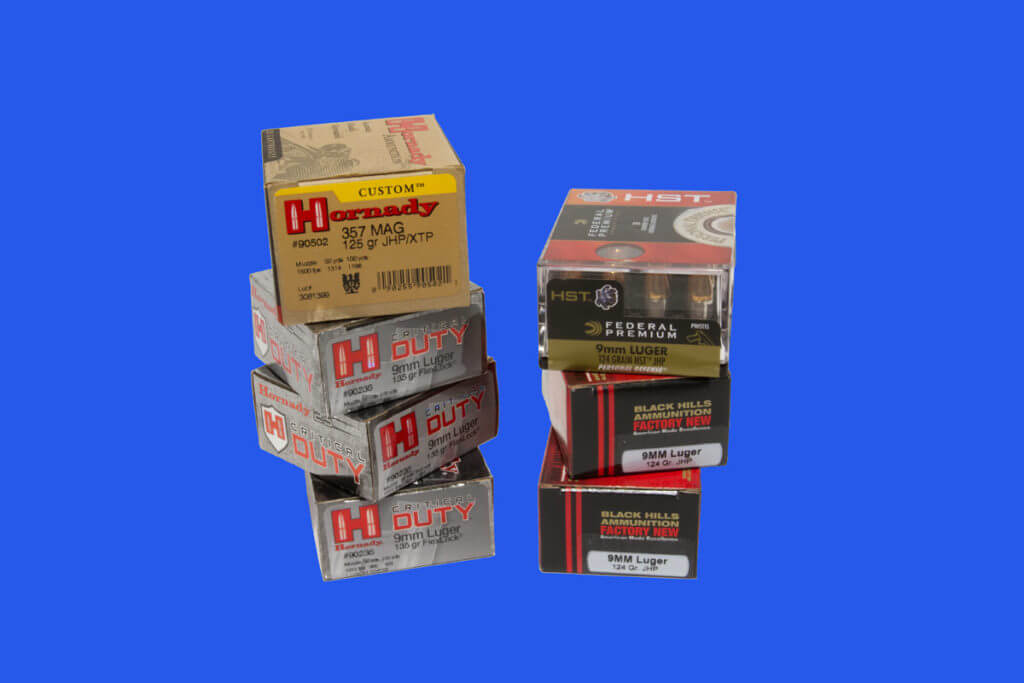
When test firing the gun, shoot it the way you might have to shoot it in a real gunfight. That could be slow fire, rapid-fire, and at odd angles. Hold it loosely – you might not be able to get a good grip on it in real life – and then hold it like you normally do when shooting. Try shooting it one-handed, with each hand, and then with both hands.
Accuracy and precision, while important, are not as important in a self-defense gun as reliability. If the gun shoots to the point of aim – or reasonably close – and consistently prints groups that are small enough to hit whatever the target is, you should be good. If you think that your target will always be an eight-inch circle representing the vital zone of a human chest, then a gun that prints groups no greater than about four inches at 25 yards is generally accepted to be precise enough. If you anticipate having to shoot a smaller target, then the group size needs to be smaller.
With a semi-auto, first load one round in a magazine, charge the gun, then fire it. This is done to make sure the gun fires correctly. Then load two rounds in a magazine, charge the gun, and fire it. The gun, if it is a semi-automatic, should fire only one round, and it should require a second pull of the trigger to fire the second round. Make sure the gun feeds and chambers the next round correctly.
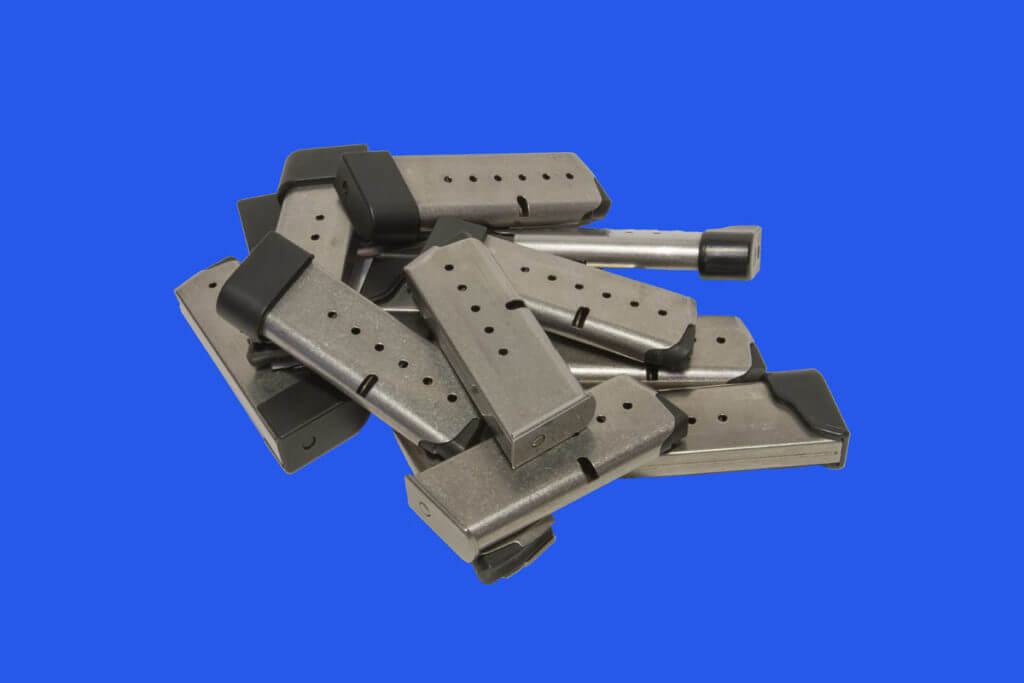
If you are using a revolver, it also needs to be tested fired. While malfunctions with revolvers are less common than with semi-autos, they still happen. So load the cylinder and then fire a round. Do it double action and not single action because in a gunfight, a revolver is almost never fired single action – unless it is a single action only gun. The cylinder should rotate the next round into firing position without binding. This is important because some revolvers recoil so much that bullets in the cylinder can creep forward in the brass far enough to prohibit the cylinder from rotating. If the cylinder binds, try a different load.
Back to the semi-auto. Assuming the gun has functioned correctly so far, load full magazines and keep test firing until you have fired without a failure the number of rounds that you decided was adequate. If your first choice for a self-defense load doesn’t pass, try another. If none pass, the gun may need to go back to the manufacturer or you may need to buy a different gun.
Once you’ve found the right gun and are satisfied that it works, keep it clean and lubricated.
And that’s the what and the why of it.

I bough a bunch of mags when I saw that Biden was stealing the election and the GOP and courts were standing down.
I’m just gonna leave this right here”, and I quote. “…clean and lubricate it and any magazines.”